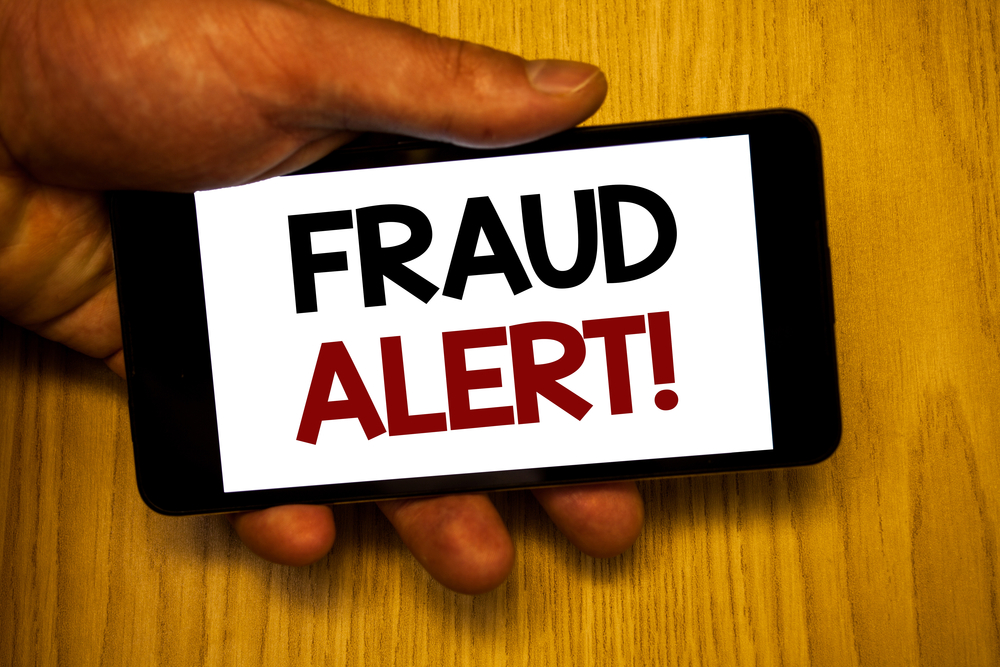 used with permission from FTC.gov
used with permission from FTC.gov
by Lesley Fair
Consumers are apprehensive about the security of their personal information and recent headlines about data breaches have moved the needle substantially on the ometer that measures such things. As a business executive, your customers and employees may be coming to you with questions. Here are answers from the FTC about two topics on consumers’ minds: fraud alerts and credit freezes.
Fraud alerts and credit freezes can be very helpful tools for consumers. People don’t have to be victims of identity theft to use them, but they should weigh their options in light of their personal circumstances. If they’re not sure what’s right for them, here are some points to ponder.
What do fraud alerts and credit freezes do? With a fraud alert, a business must try to verify a consumer’s identity before extending new credit. Usually, that means calling to check if the person is actually at the particular store attempting to get credit. With a credit freeze, no one – including the consumer – can access the consumer’s credit report to open a new account. If consumers put a credit freeze in place, they’ll get a PIN number to use each time they want to freeze, unfreeze, and refreeze their account.
How long do fraud alerts and credit freezes last? A fraud alert lasts for 90 days. If the consumer doesn’t take the affirmative step of renewing the fraud alert, it automatically expires after that. Identity theft victims are entitled to an extended fraud alert, which lasts seven years. In almost all states, a credit freeze lasts until the consumer temporarily lifts it or permanently removes it. In a few states, it expires after seven years.
How much do fraud alerts and credit freezes cost? Fraud alerts are free. Depending on the state law, credit freezes may involve fees. In most states, they’re free for victims of identity theft. For others, they cost about $5 to $10 each time the consumer freezes or unfreezes their account with each credit reporting agency.
How can a consumer put a fraud alert or credit freeze in place? For a fraud alert, consumers can contact any one of the three major credit reporting agencies by phone or online. The law requires that the credit reporting agency notify the other two of the consumer’s fraud alert request. Identity theft victims who want an extended fraud alert must mail or upload their Identity Theft Report, which they can create at IdentityTheft.gov. To put a credit freeze in place, consumers must contact each of the three credit reporting agencies separately at the companies’ credit freeze portals.
Credit freezes are a powerful tool, but it’s not a one-size-fits-all thing. If consumers are about to apply for new credit – for example, a mortgage, car loan, or student loan – they should consider the cost and potential hassle of unfreezing and refreezing each time. But for people who won’t need new credit anytime soon, a credit freeze may be a good choice.
Not sure where to begin? We can help! Contact us

